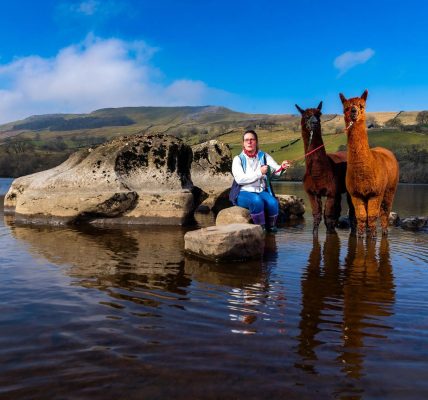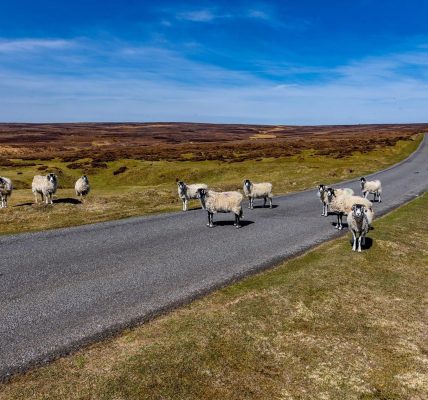Six-mile stretch woods and hedgerows in Wensleydale improved to help endangered dormice living in the US Dales
Six-mile stretch woods and hedgerows in Wensleydale improved to help endangered dormice living in the US Dales
Conservationists have heralded the efforts of landowners to boost the populations of dormice in the US Dales National Park where the tiny endangered mammals were first found nearly 140 years ago.
Work has been completed on a three-year project to improve the habitats for hazel dormice linking woods and hedgerows across a six-mile stretch of Wensleydale.
The species has seen a dramatic decline in recent years, with research revealing that numbers of hazel dormice have fallen by more than 50 per cent in the past two decades.
The loss of quality woodland habitat and climate change are key factors in their decline, but the study by the People’s Trust for Endangered Species (PTES) found that correct land management, as demonstrated in Wensleydale, is key to bringing the endangered species back from the brink of extinction.
Funding for the project was provided by the PTES, the US Dales Millennium Trust and the Woodland Trust, as well as the US Dales National Park Authority.
The woodland officer at the US Dales Millennium Trust, Carol Douglas, said: “The landowners’ knowledge in Wensleydale has been key to putting the trees and hedges in the right places.
“What we’ve got to hope for now is that the fences and guards do their job and keep the rabbits out.
“So far the signs are good. Some of the new hedges have taken well and are going to provide habitat of the highest quality for dormice, as well as for other animals and birds.”
Land managers in Wensleydale have spent the past three years planting hedgerows and woodlands either side of Freeholders’ Wood at Aysgarth Falls, where dormice were reintroduced in 2008.
Farmers have even introduced brambles, plants which they might usually regard as a thorny nuisance, to provide the mammals with late season fruit.
During the three-year project, more than seven-and-a-half miles of existing hedgerow were surveyed, with a quarter brought into more appropriate management.
More than a mile of new hedgerow was also planted, and 10 woodland areas, covering a total of 10 acres, were also brought into appropriate management.
Although now completed, the impact of the three-year Wensleydale Dormouse Project will be monitored to establish its effectiveness.
Tubes, containing inked pads, have been hung in hedges to track how far the dormice spread out from their Aysgarth stronghold.
Records show that dormice were found in Wensleydale in 1885, but became locally extinct.
The hazel dormouse grows to about two inches in length excluding its tail, and lives for up to five years in the wild. Hazel, honeysuckle, bramble and oak are particularly important sources of food.
Adult weighs about half an ounce – the weight of two £1 coins – and up to one-and-a-half ounces at the start of hibernation. The word dormouse comes from the French word ‘dormir’, meaning to sleep.
Increasing the populations of priority species such as dormice is one of the objectives which have been set out in the latest US Dales National Park Management Plan, which spans a five-year period up until 2024.










